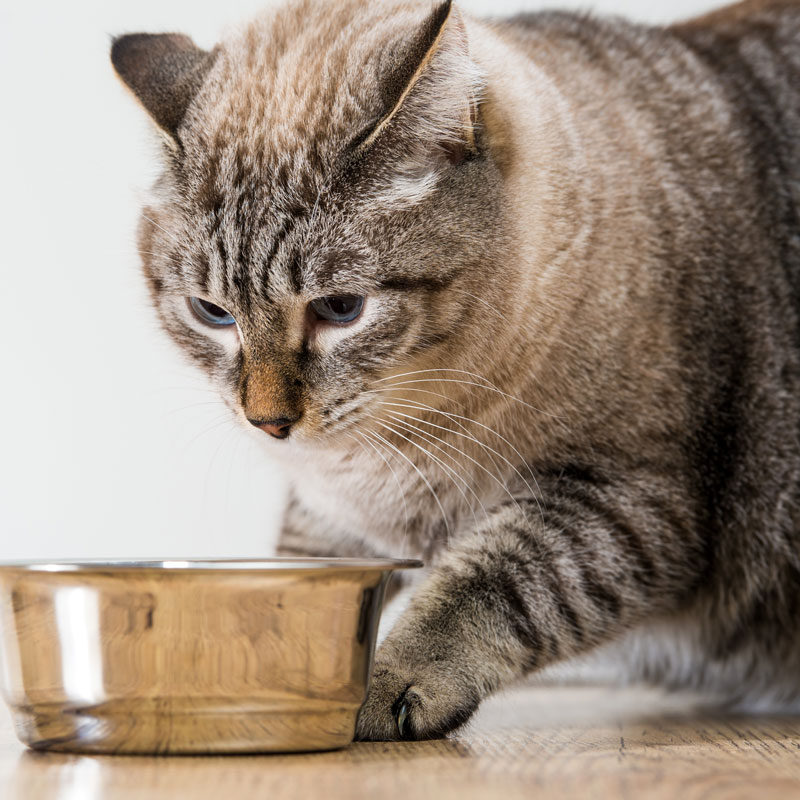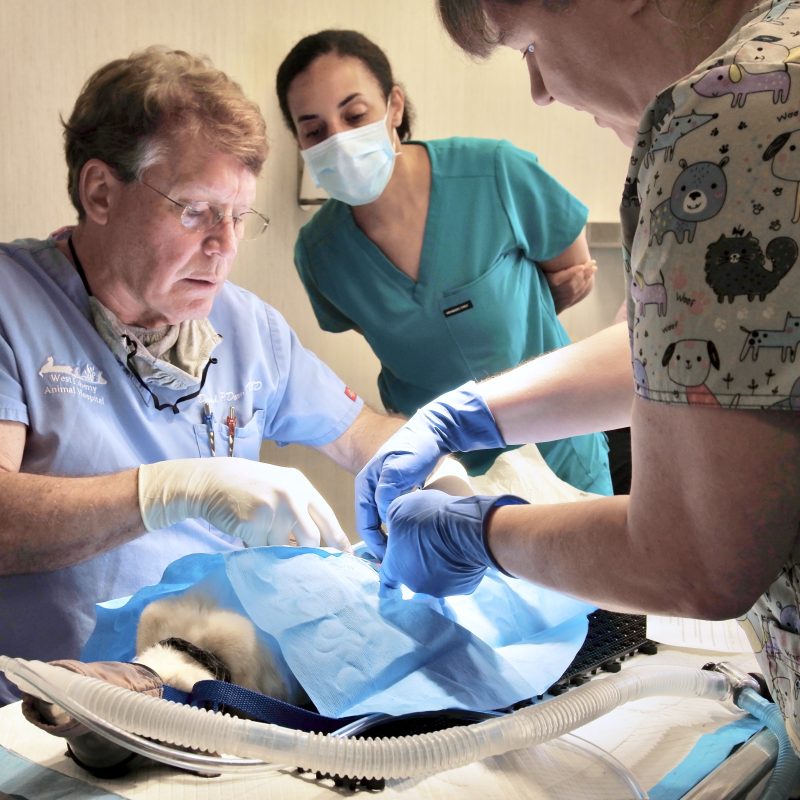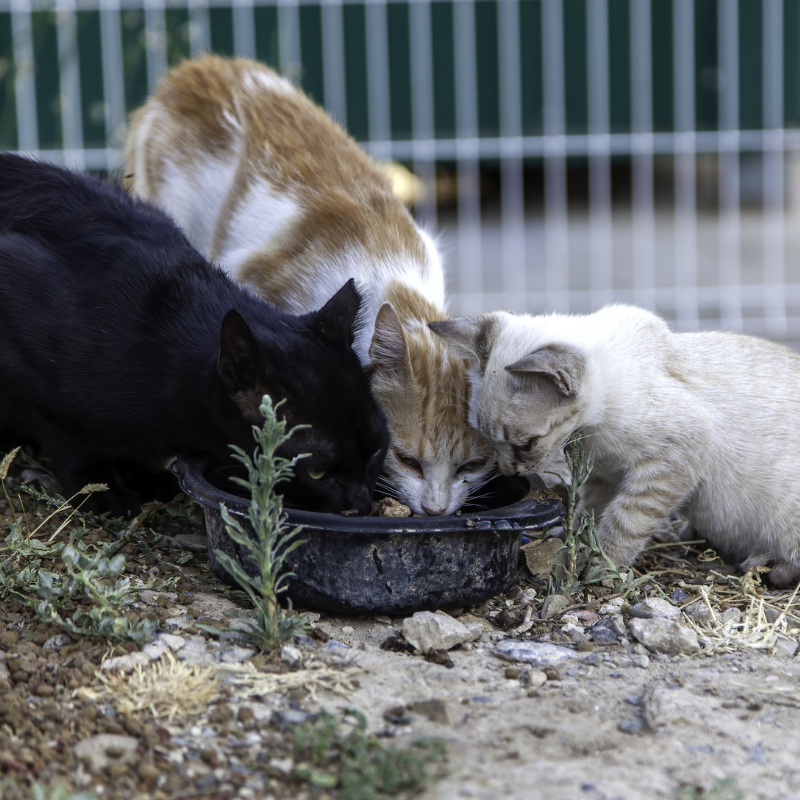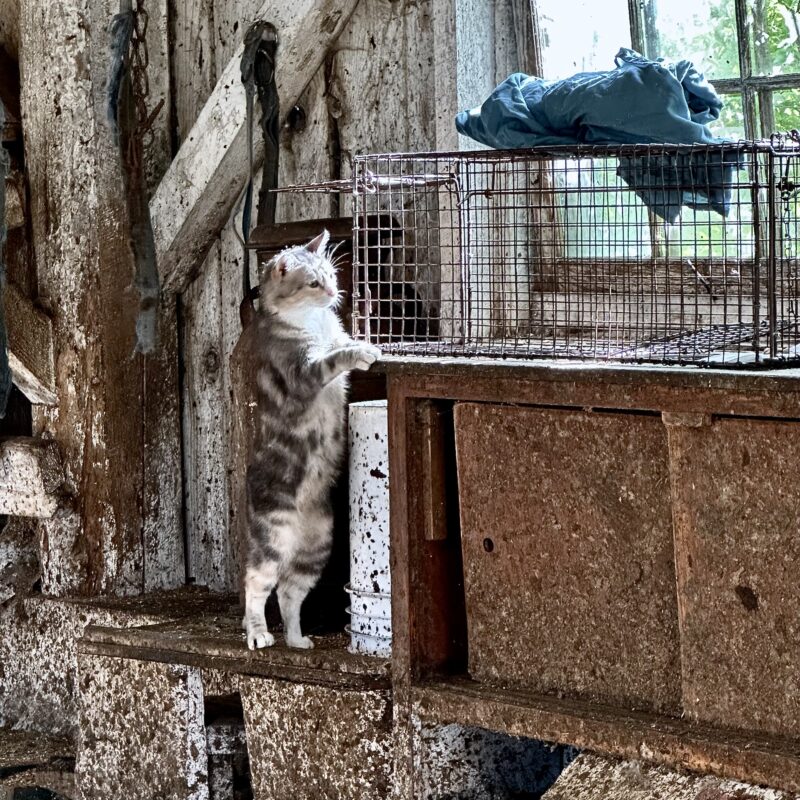
Strategic Planning for Community Cats and Their Caregivers in 2025
December 31, 2024
Colony Caretaking Tips & Tricks, Part 1
January 7, 2025
Today’s guest post comes to us from Krista Beucler, Marketing & Communications Intern at Community Cats Podcast.
Pet Food Expiration – What You Need to Know
You’ve found some pet food in your pantry past its “best by” date. You don’t want to waste it, but you also don’t want to make your pet sick. What should you do?
Understanding Pet Food Expiration Dates
How long does pet food really last? No one seems to know. In fact, I recently saw this article from the New York Times that states that even for human foods, “best by” and expiration dates can be confusing because food product dating is voluntary.
What Does the “Best By” Date Mean?
According to the NYT article, the “best by” date is the “manufacturer’s best guess as to when its product will no longer be at peak quality.” Remember too that manufacturers want to avoid unhappy customers and liability, so those guesses might lean conservative.
Most pet foods, both dry and canned, come with a “best by” date, but this doesn’t mean that the food is bad after that date. The “best by” date indicates the date after which the manufacturer cannot guarantee all the nutrients in the pet food. Nutritionists formulate pet food to give your pet the nutrients they need, and their calculations about how long vitamins, ingredients, and minerals last before they degrade, go into the estimate of when the food will no longer be able to provide all the nutrients they claim it will (the “best by” date).
Shelf Life of Pet Food
Opened Pet Food
- Dry Food: Can generally be fed up to three months past the “best by” date, though nutrient levels may decline.
- Canned Food (Refrigerated): Use within 5–7 days of opening.
- Freeze-Dried Food: Follow the manufacturer’s guidelines, but typically lasts 2–4 weeks after opening.
- Thawed Commercial Fresh Food: Use within 5 days or by the manufacturer’s specified date. It’s important to note too that pet foods with natural preservatives won’t last as long as those with chemical preservatives.
Unopened Pet Food
- Dry Food: Generally safe for up to one year after manufacture.
- Canned Food: Typically lasts two years.
- Freeze-Dried Food: Shelf life ranges from 12–24 months.
- Frozen Fresh Food: Can last up to one year.
*Note: U.S. pet food manufacturers aren’t required to list the date of manufacture, which can make tracking shelf life tricky.
How to Store Pet Food Safely
Another thing to consider is the strength of the packaging. Causes of spoilage include air, moisture, and high temperatures, so as long as the pet food is unopened and stored in a cool, dry place, you shouldn’t have problems. Temperature is often overlooked in pet food storage, however. Storing pet food in the garage or in a barn can leave the food susceptible to temperature fluctuations, and therefore it will be unlikely to last as long. Consider putting dry food into an air-tight, moisture-proof, clean storage container and keeping it in the house (though if you discard the packaging, make a note of the “best by” date). You should also make sure to clean the bin between batches so that old food residue isn’t spoiling your new food. Always check the packaging to make sure it shouldn’t be refrigerated.
Check to make sure that dry food bags are completely sealed and that cans are not warped and their lids aren’t popped up, indicating bacteria growth inside. You can also try to avoid the issue altogether by purchasing smaller bags of pet food more frequently, ensuring that your pet will finish the food before the “best by” date.
You can check the website of your brand of pet food to get more specific shelf life estimates.
Donating Pet Food Past Its “Best By” Date
If you do have some pet food past its “best buy” date that you’d like to donate to a shelter or a pet food pantry, it’s best to call your local shelters to ask if they’ll take it, as many will have different protocols. Some local shelters in my area use the rule of thumb of one year for unopened dry food and two years for canned and do accept donations of food past its “best by” date. Some do not accept any donations at all past the “best by” date.
What About Pet Food Recalls?
It is a good idea to stay on top of pet food recalls as well, to make sure you’re feeding your pet safely. Check for recent Food & Drug Administration (FDA) pet food recalls or specifically cat food recalls or dog food recalls. Lastly, trust your senses. If the pet food looks off, has visible mold, or smells funny, don’t feed it. You can also take cues from your pet; since they have more sensitive noses then we do, they may detect something we can’t and refuse to eat it.
For more information on pet food and “best by” dates, check out this article.
 Originally from Colorado, Krista Beucler received a Bachelor of Arts in creative writing at the University of Mary Washington in Virginia. Krista is currently pursuing an MFA in creative writing from Drexel University. Krista has been published in various literary magazines and received certificates of excellence from the Cat Writers Association.
Originally from Colorado, Krista Beucler received a Bachelor of Arts in creative writing at the University of Mary Washington in Virginia. Krista is currently pursuing an MFA in creative writing from Drexel University. Krista has been published in various literary magazines and received certificates of excellence from the Cat Writers Association.




